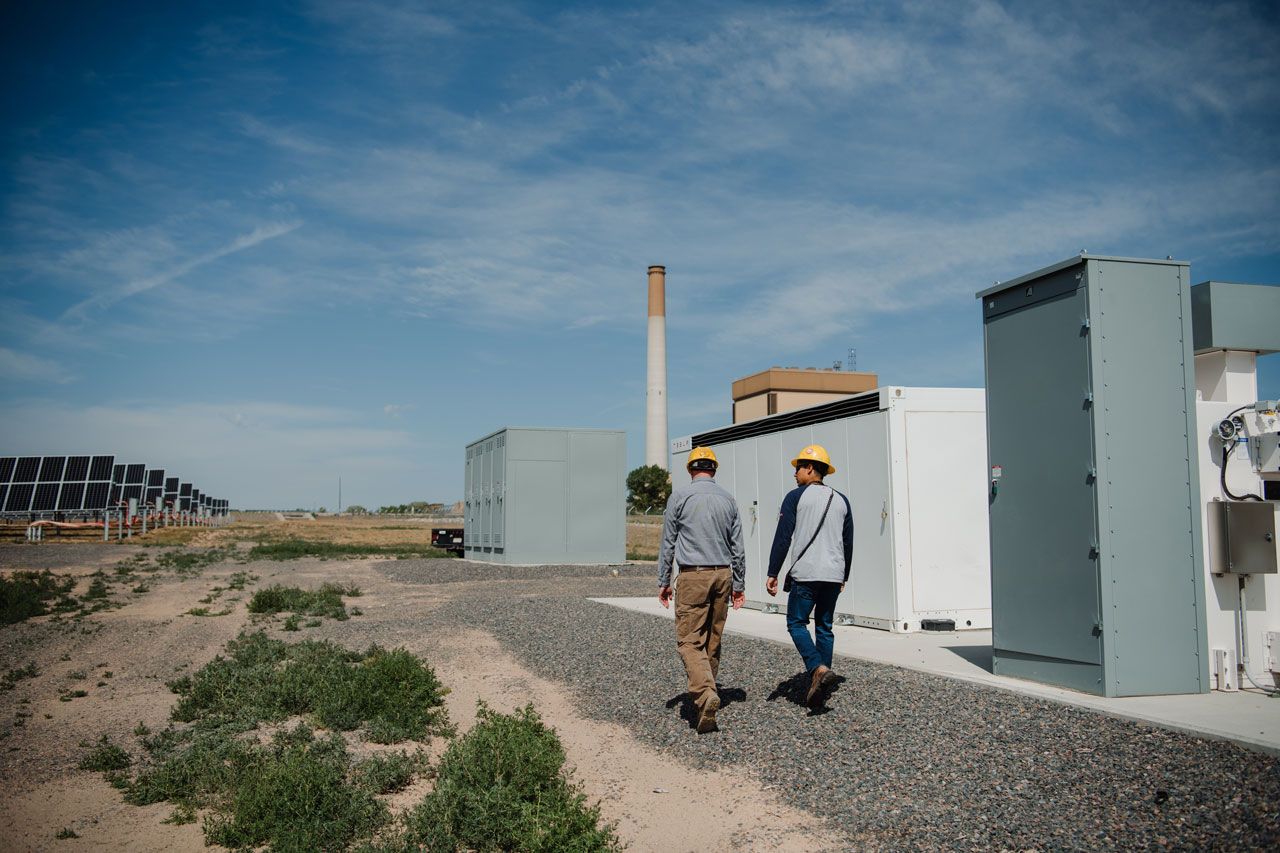CU reduces energy consumption
BOULDER – The University of Colorado at Boulder has reduced total energy use by 23 percent and stabilized carbon emissions at 2005 levels even though the campus has grown by 14 percent, or about 1.5 million square feet in facilities, since that time, a new report shows.
According to the report, CU-Boulder’s carbon footprint is comparatively small and significantly below the typical carbon-emissions profile of peer institutions across the nation.
“We are proud of these achievements, and they show CU-Boulder is committed to cutting carbon emissions and energy costs while serving a growing population and increasing research capacity,´ said Frank Bruno, vice chancellor for administration.
SPONSORED CONTENT
How dispatchable resources enable the clean energy transition
Platte River must prepare for the retirement of 431 megawatts (MW) of dispatchable, coal-fired generation by the end of the decade and address more frequent extreme weather events that can bring dark calms (periods when there is no sun or wind).
CU-Boulder’s conservation efforts are a move toward fulfilling Colorado Gov. Bill Ritter’s executive orders to decrease fuel consumption by 25 percent, energy and paper use by 20 percent, water use by 10 percent, and to incorporate zero-waste operations statewide by 2012, the university said.
“The possibility of achieving the governor’s goals by 2012 is the direct result of a very engaged campus community in all aspects of conservation, and the strong commitment of facilities planners, engineers, project managers and operations staff,´ said Moe Tabrizi, CU-Boulder’s energy conservation officer.
Data for the report were compiled by the CU-Boulder Environmental Center in cooperation with CU-Boulder Facilities Management, Xcel Energy and the Governor’s Energy Office.
To view the CU-Boulder carbon emissions report visit http://acupcc.aashe.org/.
BOULDER – The University of Colorado at Boulder has reduced total energy use by 23 percent and stabilized carbon emissions at 2005 levels even though the campus has grown by 14 percent, or about 1.5 million square feet in facilities, since that time, a new report shows.
According to the report, CU-Boulder’s carbon footprint is comparatively small and significantly below the typical carbon-emissions profile of peer institutions across the nation.
“We are proud of these achievements, and they show CU-Boulder is committed to cutting carbon emissions and energy costs while serving a growing population and increasing research capacity,´ said Frank Bruno, vice…
THIS ARTICLE IS FOR SUBSCRIBERS ONLY
Continue reading for less than $3 per week!
Get a month of award-winning local business news, trends and insights
Access award-winning content today!

